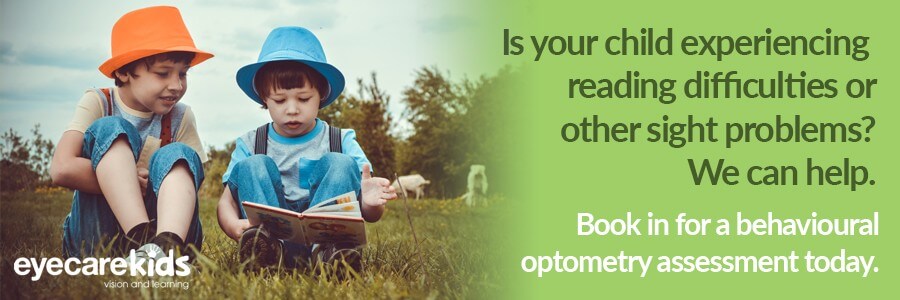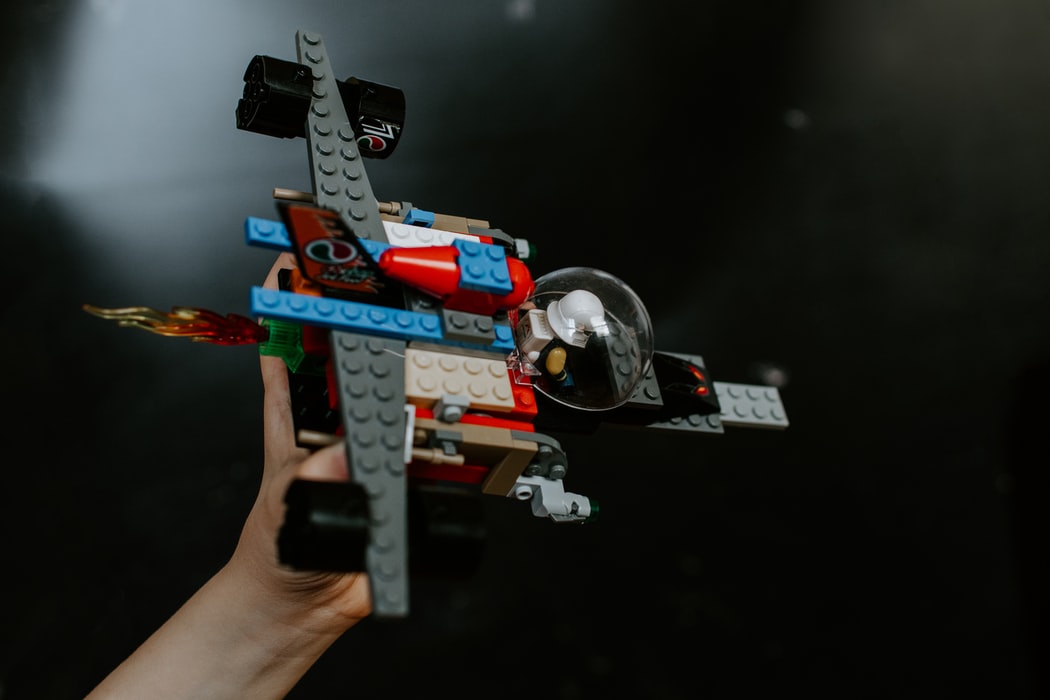The seeing process involves (1) the eyes focusing on an object, (2) the eyes sending visual information to the brain, and (3) the brain correctly interpreting what the eyes see.
Visual perception is the brain’s ability to understand and make sense of visual information. A child who has visual perception problems usually has good eyesight, but struggles to understand and respond to what they see. This may cause problems in school and social settings.
Visual perception activities can help a child make sense of the information that their eyes are sending to the brain. Good visual perception skills are needed for a child to perform better at school.
Here are 9 activities your child can do at home to help develop good visual perception skills:

Building Lego blocks can promote fine motor skills, develop problem solving and mathematical thinking, develop lateral thinking and planning skills, and enhance creativity. Memory game. Use matching picture cards to help improve memory/concentration.
- Dot to dot. Let your child complete a picture by connecting the dots. This is also a good way to teach your child numbers.
- Complete the picture. Draw or print out partially drawn pictures and let your child complete the image.
- Construction-type activities. These include Lego and Mega Bloks.
- Find the hidden object. Let your child find hidden objects within a background picture. Example: Where’s Wally.
- Identifying mistakes. Make written material with mistakes, and encourage your child to review and identify the mistakes.
- Puzzles. These include jigsaw puzzles and word search puzzles.
- Copying shapes. Show your child a sequence of shapes, and encourage them to copy it as accurately as possible.
- Identify objects by touch. You may place plastic letters in a bag and have your child identify letters by feel.
Watch this kids’ sensory challenge called “What’s in the Box by The Dad Lab.
A word for parents: Visual perception skills are not tested using an eye chart. The ability of your child to see “20/20” does not mean they are free of visual perception deficits. In general, kids do not outgrow visual perception problems, but these can be treated. The first step is to have a comprehensive evaluation performed by an eyecare professional who has been trained in the area of binocular vision.
If your family lives in the Sydney area, our behavioural optometrists are well trained in such aspects and can check for functional visual problems including visual perception deficits in your child. Send us an email at [email protected].


